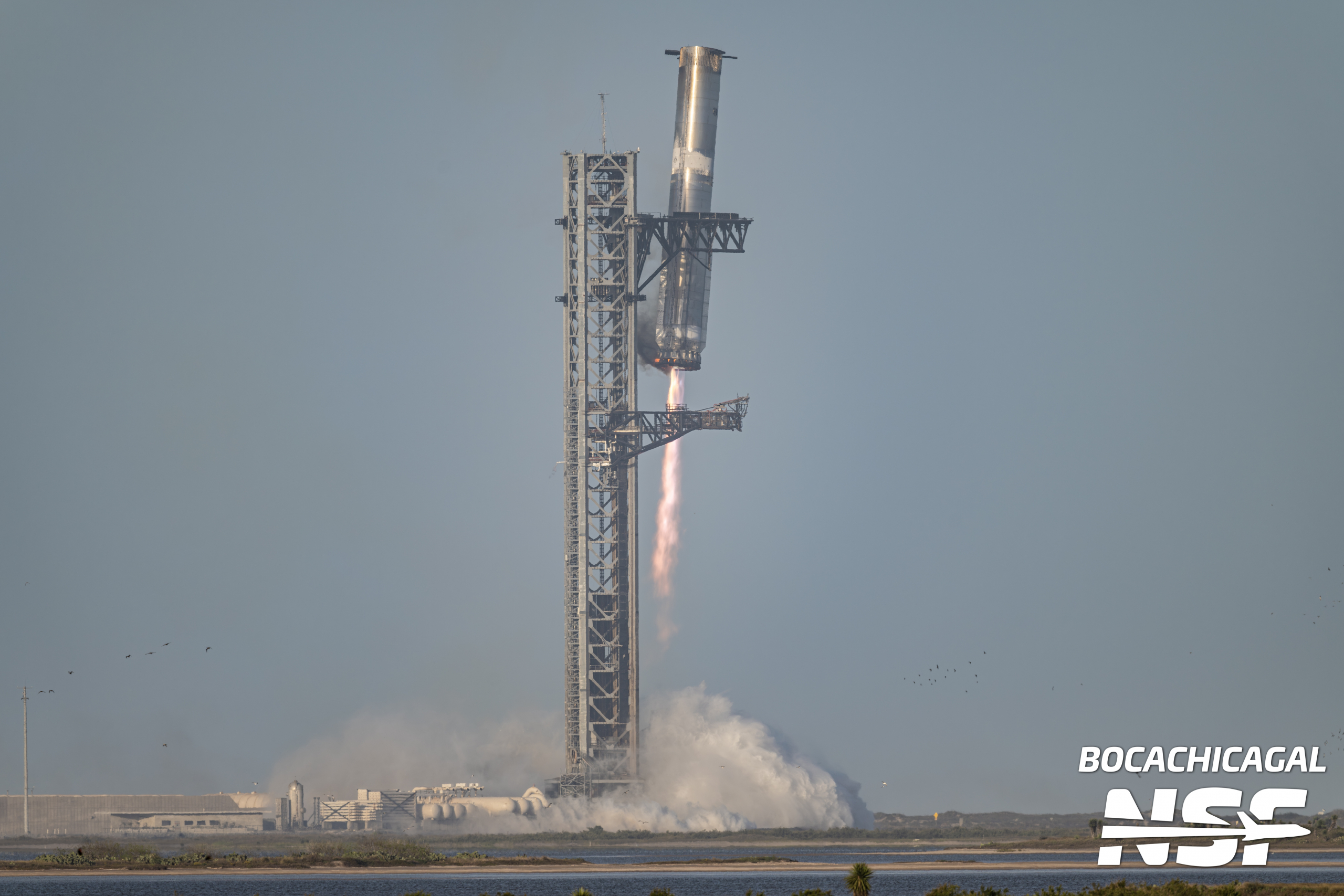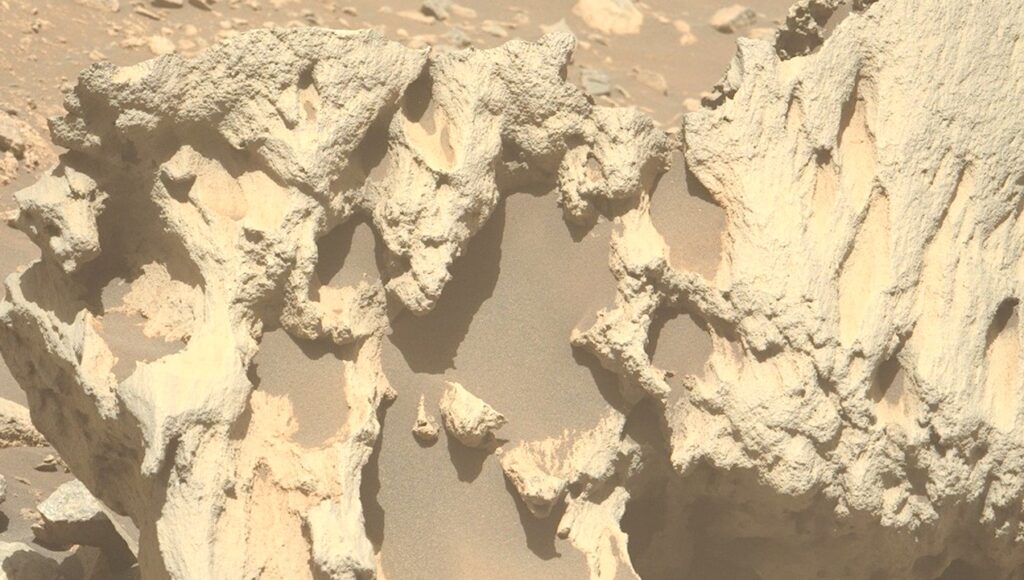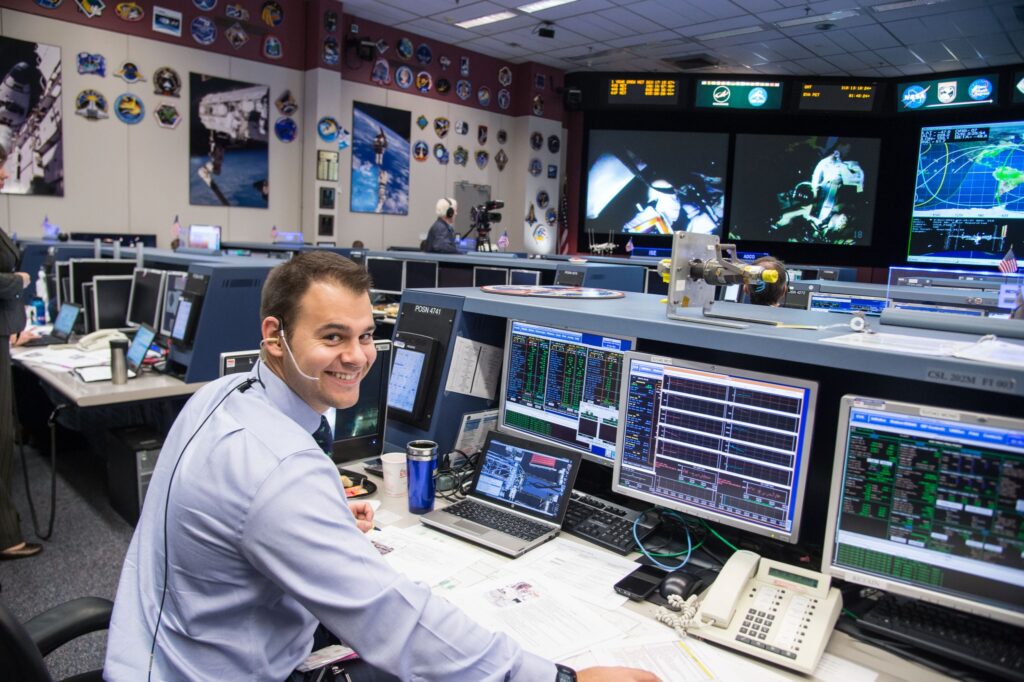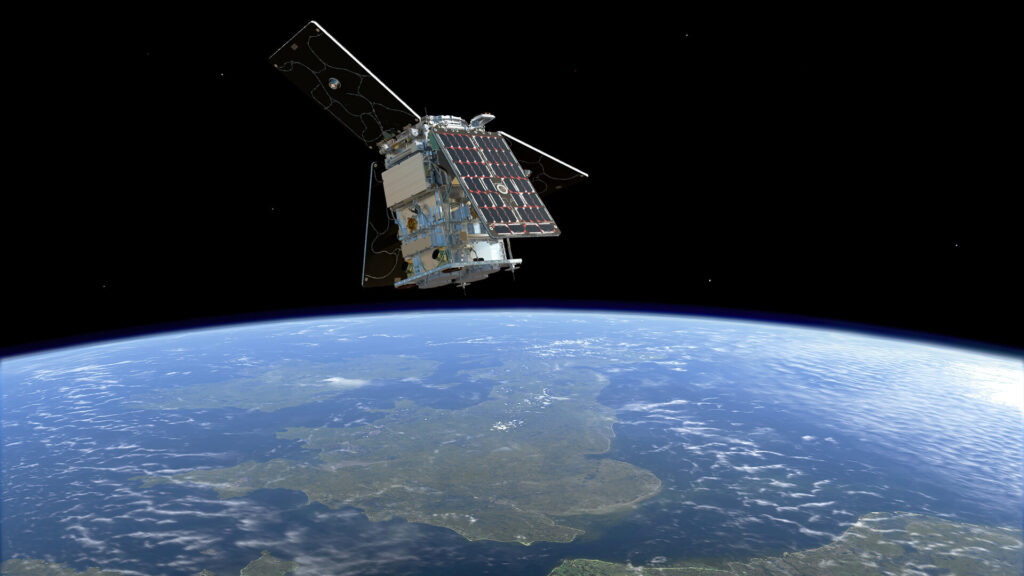Now Reading: SpaceX’s Pad 1 Concludes Operational Life as Company Shifts Focus to Next Generation Launch Infrastructure
-
01
SpaceX’s Pad 1 Concludes Operational Life as Company Shifts Focus to Next Generation Launch Infrastructure
SpaceX’s Pad 1 Concludes Operational Life as Company Shifts Focus to Next Generation Launch Infrastructure


After a series of 11 flights and extensive testing, the launch mount at SpaceX’s Pad 1 has officially reached the end of its operational lifespan. This facility has been integral to the early stages of the Starship program, and attention is now shifting to its next phase of development.
Construction of Pad 1 kicked off in July 2020, with crews setting the groundwork for the six legs of the launch mount. The building process continued through early 2021, culminating in the creation of a fluids bunker and the concrete foundation necessary for various vertical tanks. As the suborbital flights involving SN15 progressed, the site was transformed to accommodate the construction of a launch tower, including features like the ship’s quick disconnect arm and notable robotic ‘chopsticks.’
Initially, SpaceX had plans for multiple vertical storage tanks for Liquid Nitrogen (LN2), Liquid Oxygen (LOX), and Liquid Methane (LCH4). However, during the certification phase, it was determined that the LCH4 tanks did not comply with Texas fire codes. The company then switched to a setup featuring seven horizontal methane tanks, which proved more effective.
On July 31, 2021, the launch mount was installed at the site, and shortly thereafter, SpaceX hastily positioned Booster 4 and Ship 20 nearby for visuals. The first full stacking that included the chopsticks took place on February 10, 2022, marking a significant milestone in the program. Subsequent testing led to several key events, including cryogenic proof tests and challenges that thoroughly tested both the hardware and the engineering behind the launch pad.
By July 2022, SpaceX undertook its first engine tests with Booster 7, which led to an explosive event known as the “spin boom.” Fortunately, the incident did not result in catastrophic damage but prompted significant design alterations, including the introduction of breakaway hoses to manage the flow of cryogenic fuels safely.
The static fire tests were initially limited, but by August 2022, SpaceX had undertaken various successful configurations, leading to their first real flight test on April 20, 2023. However, the aftermath of the launch revealed that the original concrete foundation was insufficient, resulting in modifications that included a water-cooled steel plate designed to mitigate the effects of immense heat and force generated by the Raptor engines.
In the face of ongoing tweaks and improvements, Pad 1 oversaw several successful test launches, with the most notable being the catch of Booster 12 during Flight 5. As operations continued, additional funding improvements were rapidly implemented, significantly shortening turnaround times for fill operations.
Over its operational history, Pad 1 facilitated a remarkable 28 cryogenic tests, hundreds of static fires, and multiple full-stack flight tests. Each of these events added valuable insights that will help guide future designs and operations.
As this crucial pad wheels into a new chapter, SpaceX prepares for the next era of its launch system. The experiences gained from Pad 1 are expected to inform and enhance the next generation of launch infrastructure at the Starbase facility. The conclusion of operations at Pad 1 marks both an end and a beginning in SpaceX’s ambitious quest to revolutionize space travel.
Stay Informed With the Latest & Most Important News
-
 012024 in Review: Highlights from NASA in Silicon Valley
012024 in Review: Highlights from NASA in Silicon Valley -
 02Panasonic Leica Summilux DG 15mm f/1.7 ASPH review
02Panasonic Leica Summilux DG 15mm f/1.7 ASPH review -
 03How New NASA, India Earth Satellite NISAR Will See Earth
03How New NASA, India Earth Satellite NISAR Will See Earth -
 04And Thus Begins A New Year For Life On Earth
04And Thus Begins A New Year For Life On Earth -
 05Astronomy Activation Ambassadors: A New Era
05Astronomy Activation Ambassadors: A New Era -
06SpaceX launch surge helps set new global launch record in 2024
-
 07Space Force plans new ‘Futures Command’ amid pressure to speed up modernization
07Space Force plans new ‘Futures Command’ amid pressure to speed up modernization




















